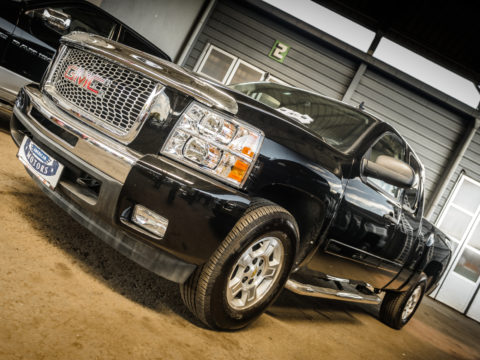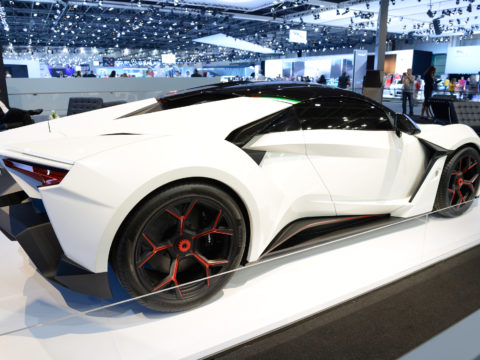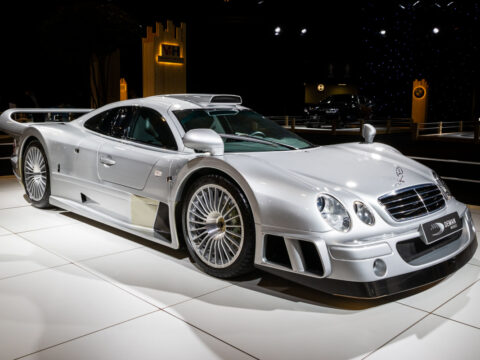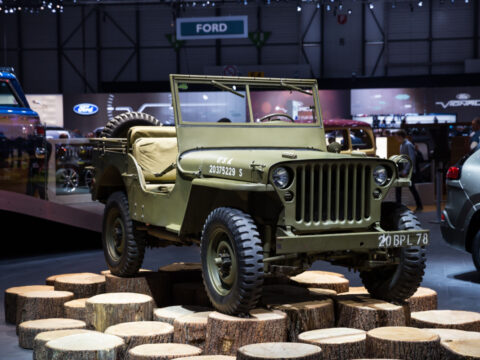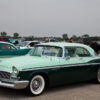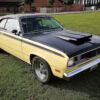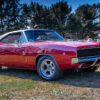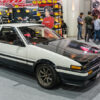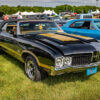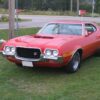The automotive industry has been a dynamic and evolving powerhouse since its inception. Along the way, certain brands have emerged as giants, leaving indelible marks in the sands of time. Yet, not all have withstood the ruthless tide of changing consumer preferences, economic upheavals, and fierce competition. From pioneers in luxury and performance to brands that brought affordability and reliability, we shed light on the rich legacies that these ghost brands have bequeathed to the modern automotive industry.
Contents
Pontiac
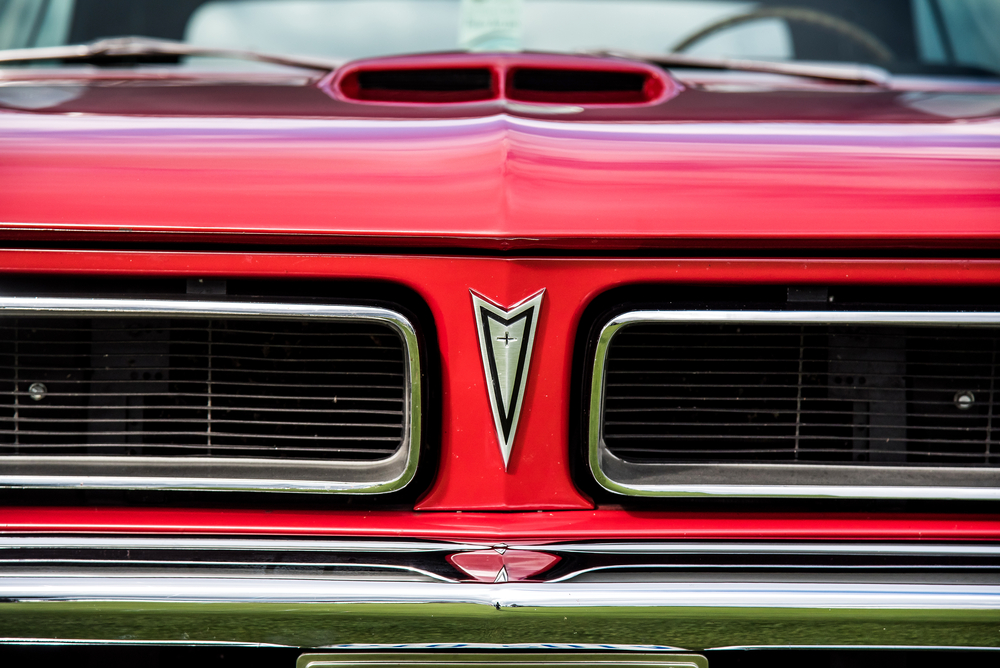
Pontiac, a division of General Motors, was at its peak during the 1960s and 1970s with iconic models such as the GTO, Firebird, and Trans Am. These models were known for their powerful engines and stylish designs, making Pontiac a beloved brand among American car enthusiasts. However, financial troubles during the 2008 economic downturn forced General Motors to discontinue the Pontiac brand in 2010 as a part of a broader restructuring effort.
Saturn
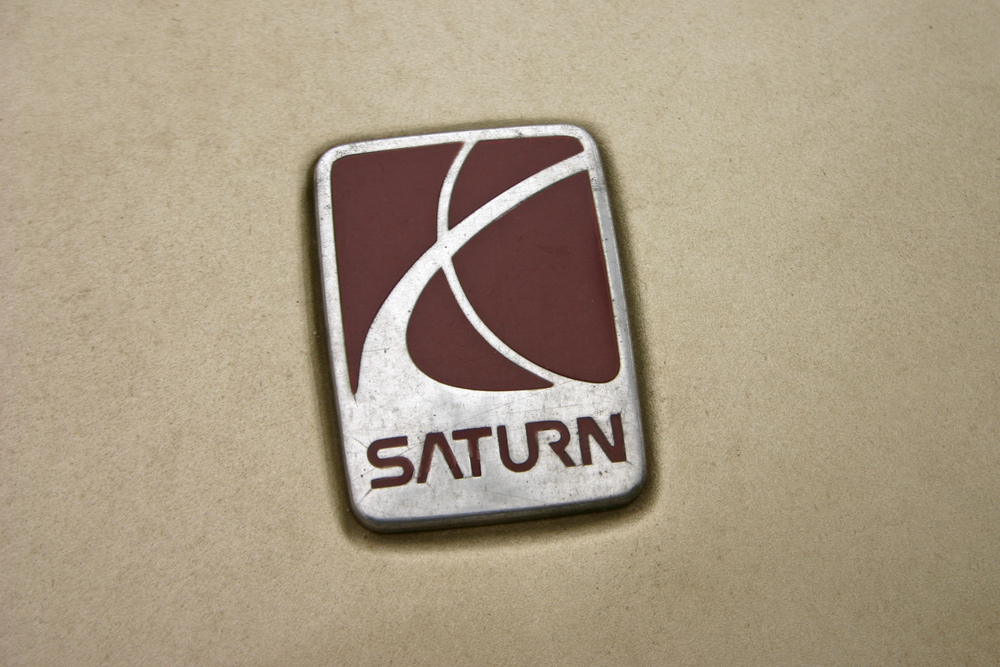
Saturn was another General Motors division, launched in 1985 with the goal of competing with more affordable Japanese automotive brands. For a while, the brand found success with models like the Saturn S-Series. Despite the early successes, it struggled to maintain its foothold, and following the 2008 economic crisis, GM discontinued the brand in 2010 due to restructuring and financial strain.
Saab
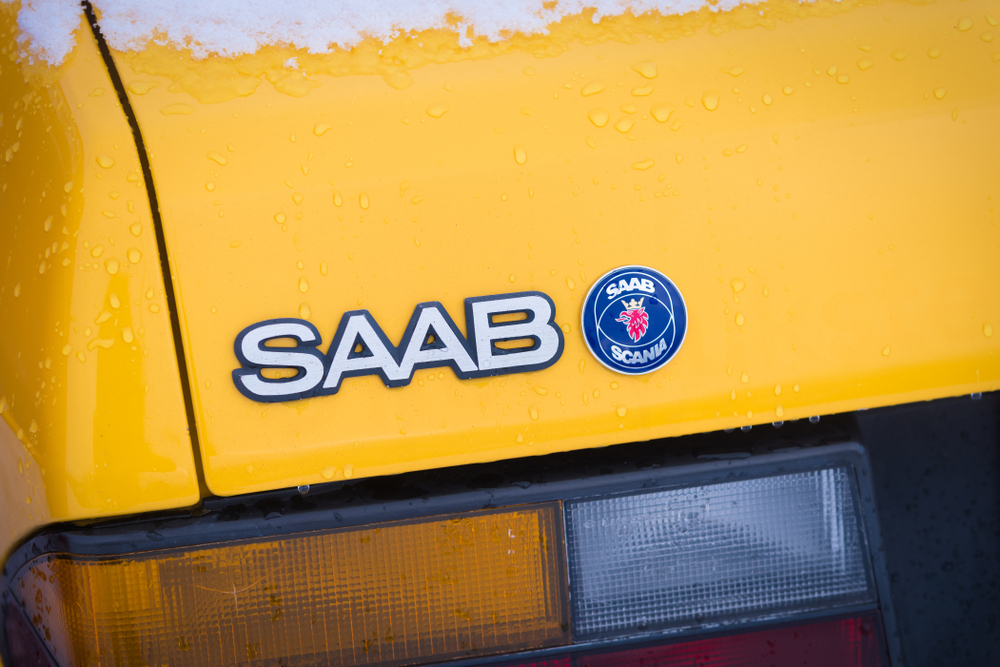
Saab, a Swedish car manufacturer, was known for its innovative and unique designs. At its peak, it produced well-received vehicles like the Saab 900 and 9-3, known for their safety features and turbocharged engines. Unfortunately, amidst financial struggles and ownership changes, including a brief stint under GM’s wing, Saab filed for bankruptcy in 2011, ending its run as a distinctive voice in the automotive world.
Oldsmobile
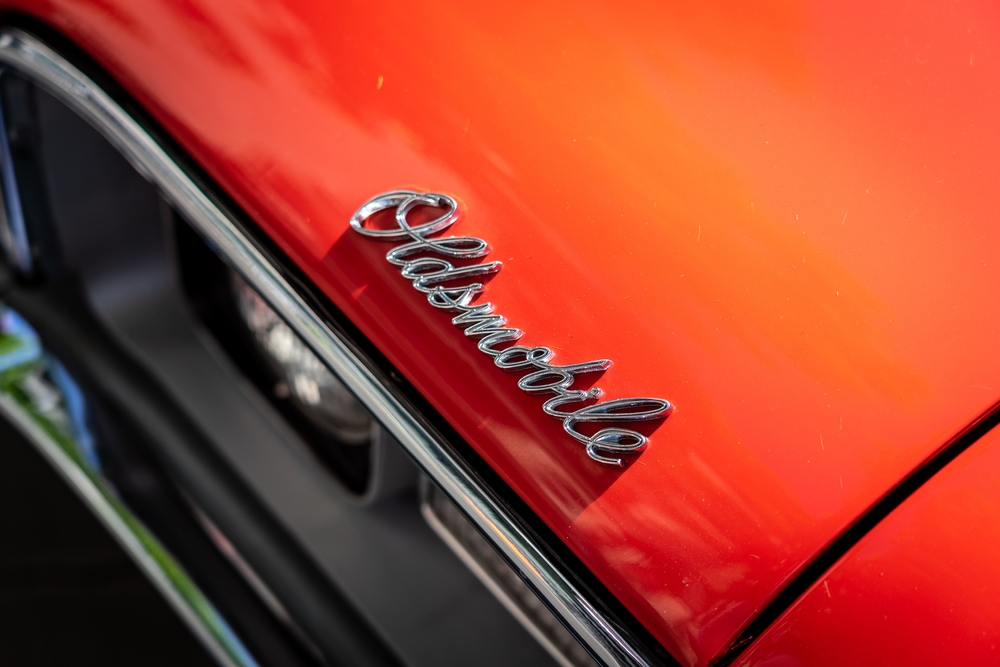
Oldsmobile, established in 1897, was one of the oldest car brands in the United States. At its zenith, it was known for luxury innovations and classic vehicles like the Cutlass and 88. Despite having strong sales records in the 1980s, it faced declining interest in the 90s. General Motors decided to phase out the brand in 2004, marking the end of an era.
Mercury
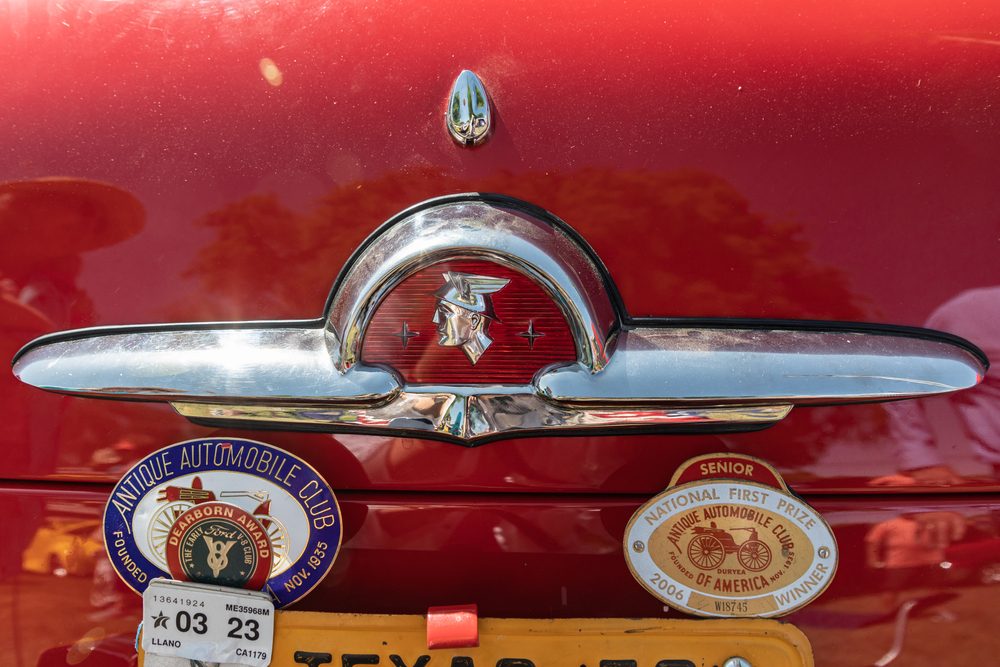
Ford created Mercury in 1938 to bridge the gap between the luxury Lincoln brand and the more affordable Ford line. The Mercury Cougar and Grand Marquis were some of its well-known models. However, declining sales and blurred brand identity led to its discontinuation in 2010 as Ford decided to focus on its primary and luxury segments.
Plymouth
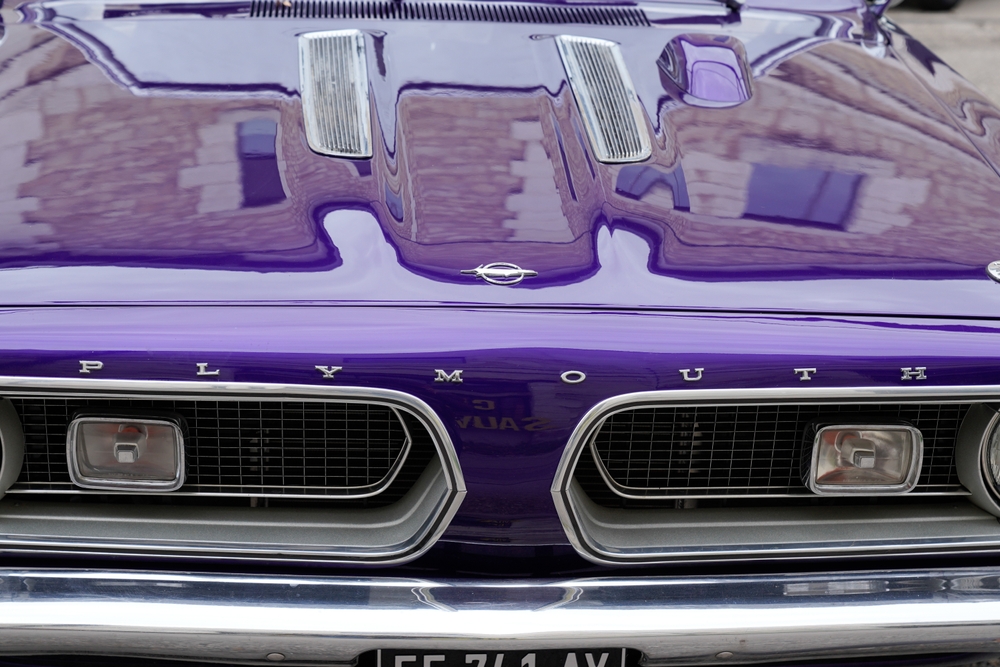
Established by Chrysler in 1928, Plymouth was known for producing affordable yet stylish cars. It brought iconic cars like the Plymouth Road Runner and Barracuda to the market during its heyday. In the late 90s, due to declining sales and brand dilution, Chrysler decided to discontinue the Plymouth brand in 2001 to streamline its business operations.
Scion
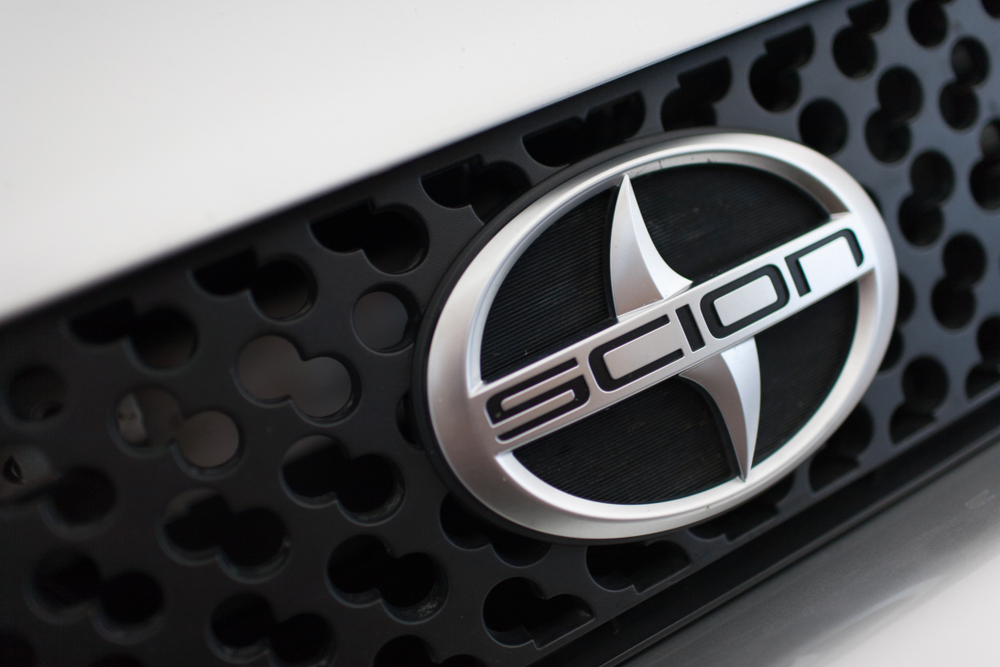
Scion was established by Toyota in 2003 as a means to attract younger buyers with more affordable and stylish vehicles. Despite initial success with models like the xB and tC, the brand struggled to maintain its identity and appeal. Toyota discontinued the Scion brand 2016, integrating some models into the main Toyota lineup.
Hummer
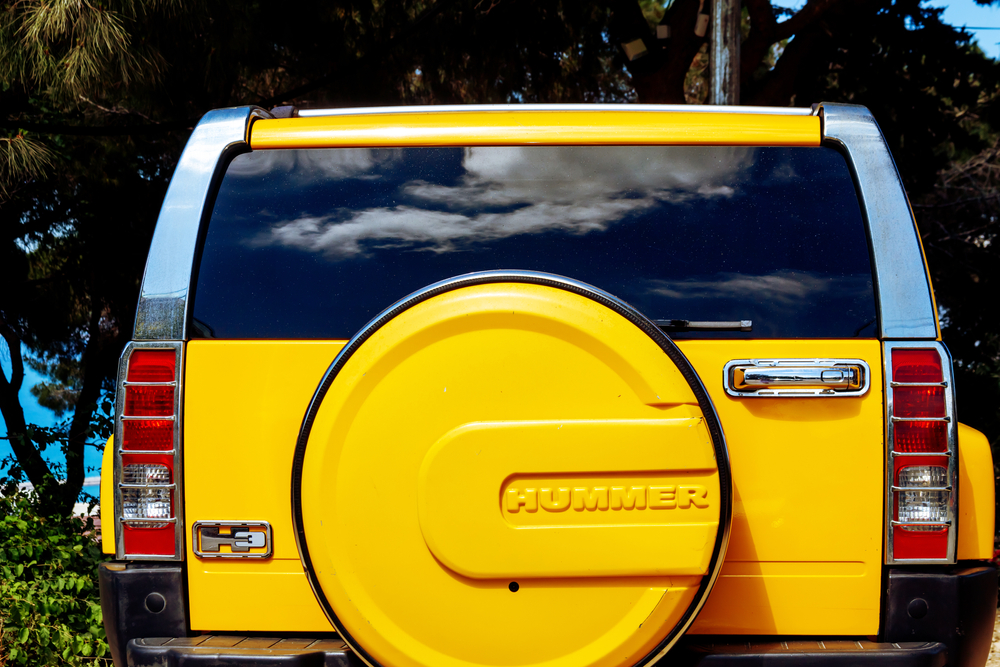
Hummer, originally a military vehicle, became a symbol of American excess with its civilian models H2 and H3, known for their massive size and poor fuel economy. Despite enjoying a period of popularity in the early 2000s, the brand faced backlash due to environmental concerns. GM discontinued the brand in 2010 during its restructuring period, although it has since been revived as a sub-brand offering electric vehicles.
Daewoo
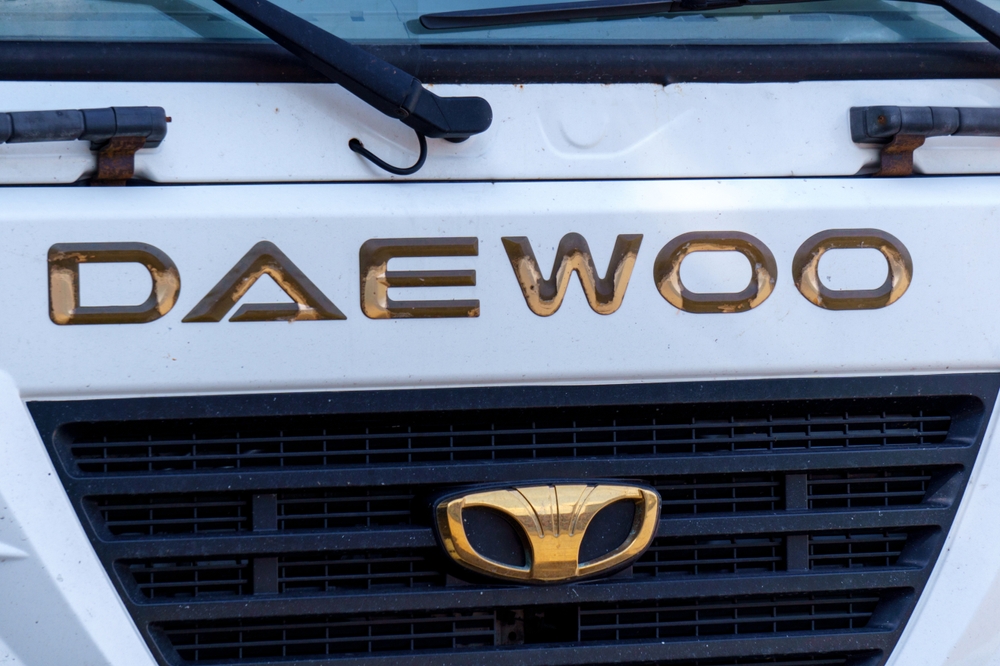
South Korean brand Daewoo entered the automotive market in the 1980s and quickly expanded globally. Despite producing affordable cars like the Lanos and Leganza, the company faced financial hardships due to rapid expansion and a lack of a unique brand identity. It eventually went bankrupt in 2000 and was acquired by General Motors, marking the end of its independent operations.
Suzuki (U.S. Operations)

Suzuki, a Japanese automaker, found success globally but struggled in the U.S. market. Despite offering affordable vehicles like the Swift and Grand Vitara, Suzuki couldn’t gain a solid foothold in the American market, mainly due to stiff competition and limited product lineup. Facing declining sales, Suzuki decided to exit the U.S. car market in 2012, although it continues to operate in other sectors and regions globally.
Rover
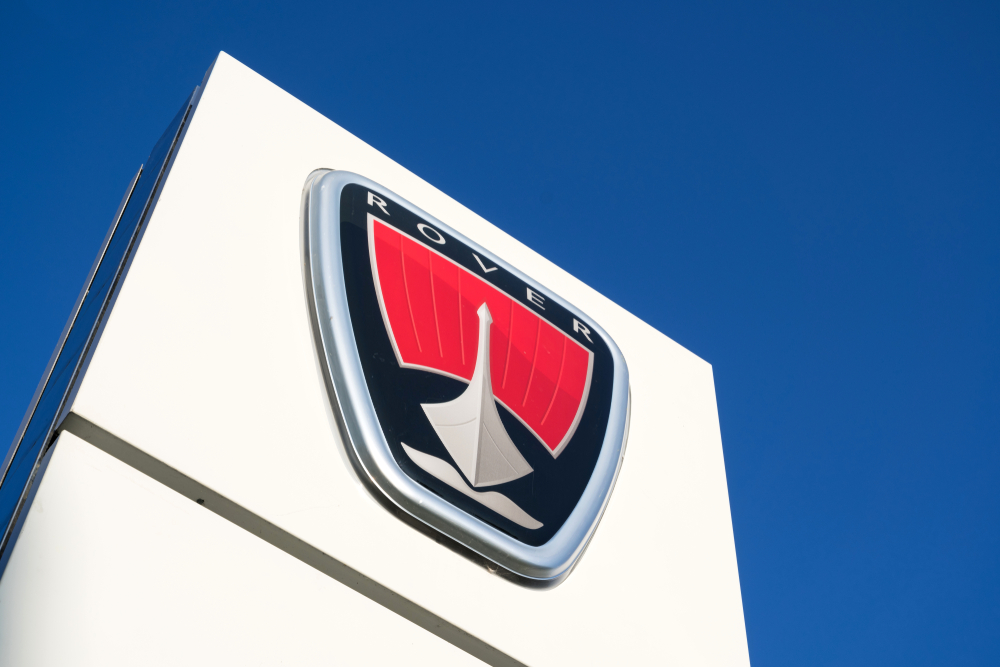
The British brand Rover had a long history of producing cars, starting in the 19th century. It was known for luxury saloons like the P5 and P6 in its golden years. Despite enjoying periods of success, Rover faced numerous financial troubles and changes in ownership over the years. After a series of financial struggles and ownership changes, production ceased in 2005 when the company went into administration, marking the end of an era for this iconic British brand.
This article originally appeared on MyCarMakesNoise.
More from MyCarMakesNoise
The Best Motorcycles for Long-Distance Travel

From classic American cruisers to cutting-edge sport-touring bikes, we’re about to embark on a journey through the world of motorcycling, where comfort, performance, and cargo capacity reign supreme. Read More.
The Best Electric Cars for Eco-Conscious Commuters

As technology advances, EVs continue to break barriers, offering ranges that make them perfect for long trips and everyday commutes. Read More.
Unforgettable Motorcycle Routes Across the USA

There’s a sense of thrill and discovery that comes with traversing the nation’s highways and byways on two wheels, and the United States, with its diverse landscapes and epic scenic routes, provides the perfect playground for motorcycle enthusiasts. Read More.

